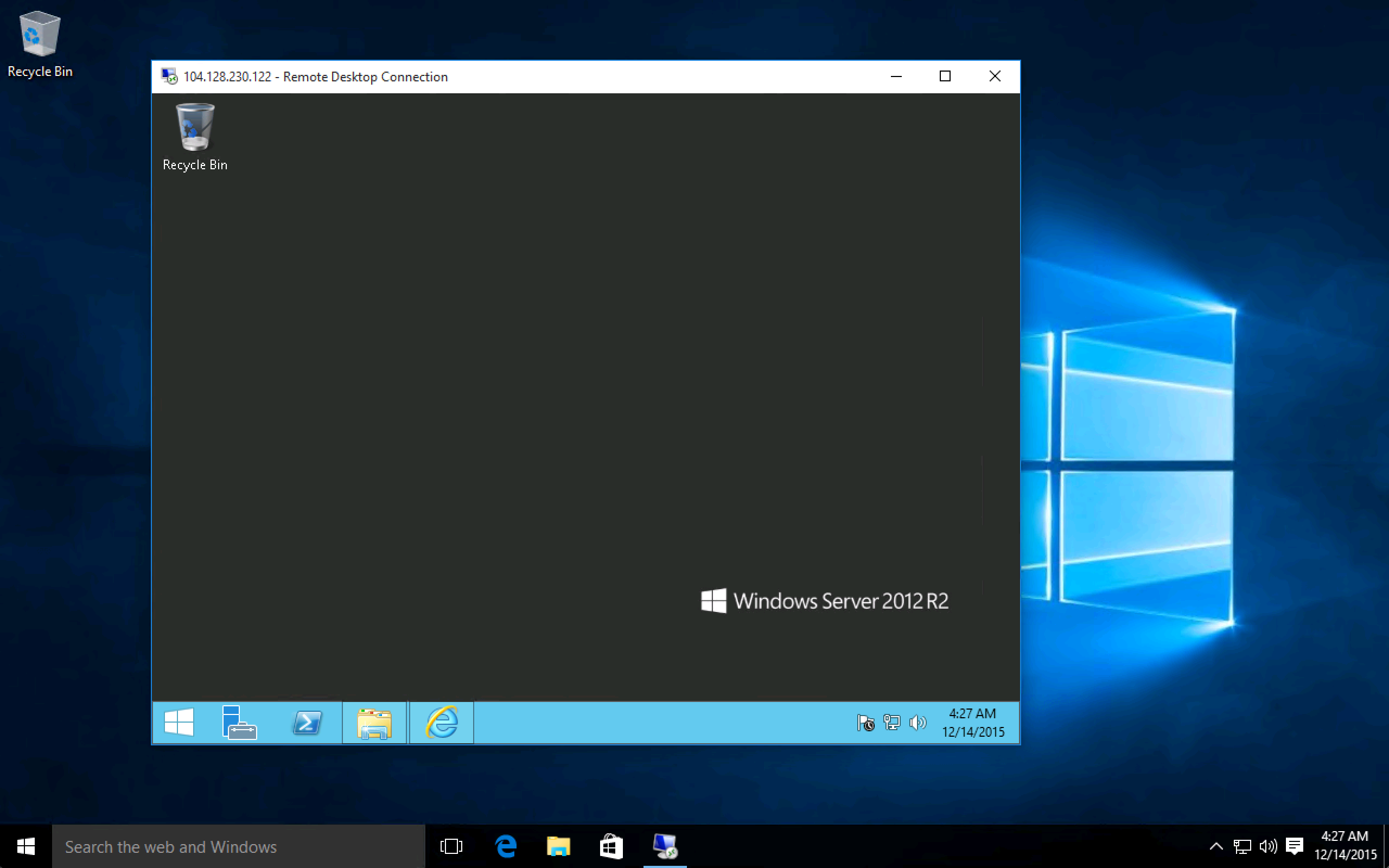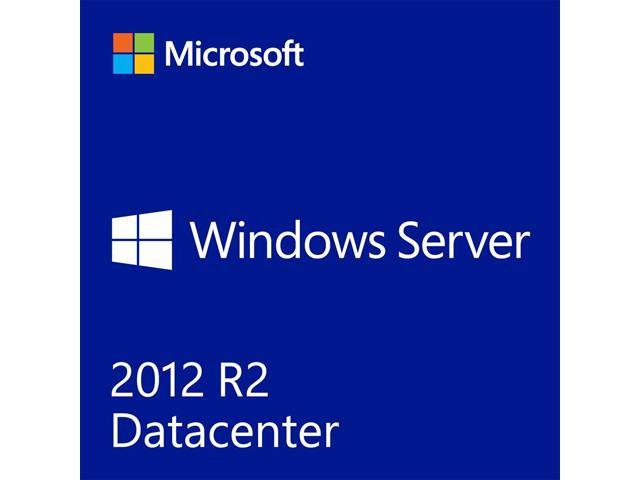
This is much faster than navigating the control panel to find the right tool. For example, if you want to find the Services administrative tool, simply type services on the Start menu and select View local services in the search results. The results will be displayed by category. You can then type the term you want to search for. The easiest way to access search is to press the Windows key and swap the desktop for the Start screen. If you can’t find something in Windows Server 2012, search is the first place to head. The quickest way is to press Windows + I, and click the Power button at the bottom of the Settings panel to access restart and shutdown commands.Īlternatively, in Windows Server 2012 R2, the power commands are also available by pressing Windows + X, or by right clicking on the Start button. With the Start menu missing in action, and shutdown and restart commands missing from the new Start screen, how to restart or shut down your server might not be immediately obvious.

Here’s how you can perform simple admin tasks that have changed since Server 2008 R2. By setting up a server as a Windows Update controller, you can route all workstation updates through that server and configure specific rules for how they should work.Microsoft has applied its “modern interface” (previously Metro) to the desktop in Windows Server 2012.

File and Storage: Having a file server for your company is another common use.But in a business setting, IT staff can take advantage of the greater DHCP functionality in Windows Server. At home, your router probably handles this.


See our explanation of Windows domains for more on this. Instead of each user logging into a local computer, the domain controller handles all user account authentication. Active Directory: Active Directory is a user management service that allows a server to act as a domain controller.Below are a few roles that a server can perform thanks to these tools: Because Windows Server is intended for businesses, it includes plenty of enterprise software.


 0 kommentar(er)
0 kommentar(er)
